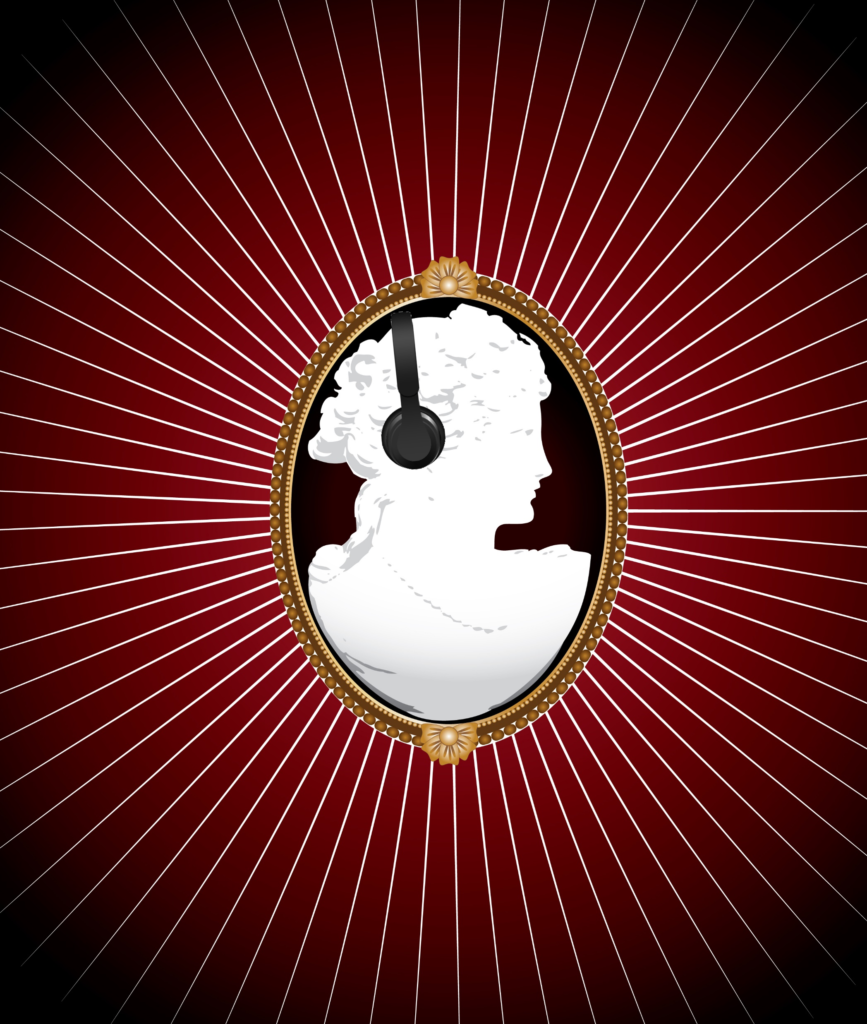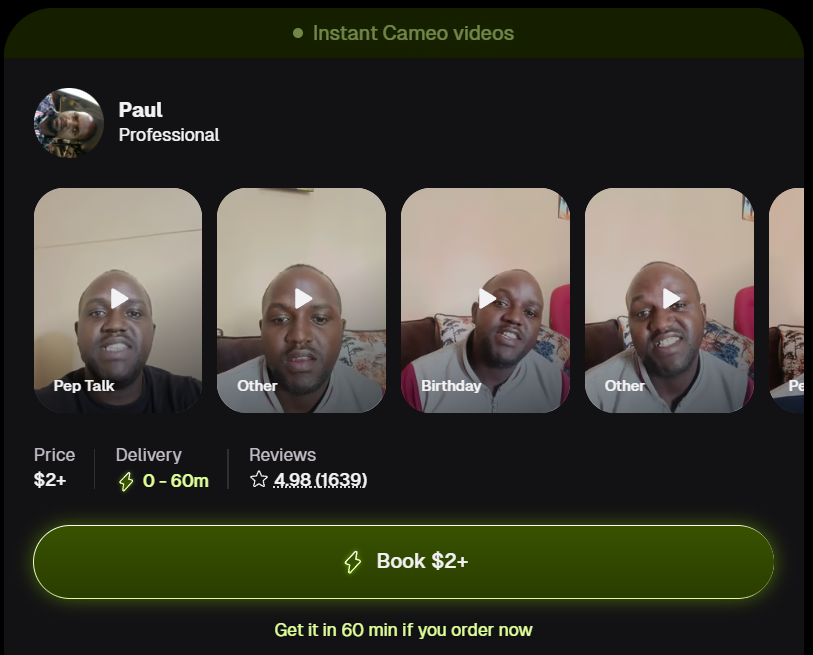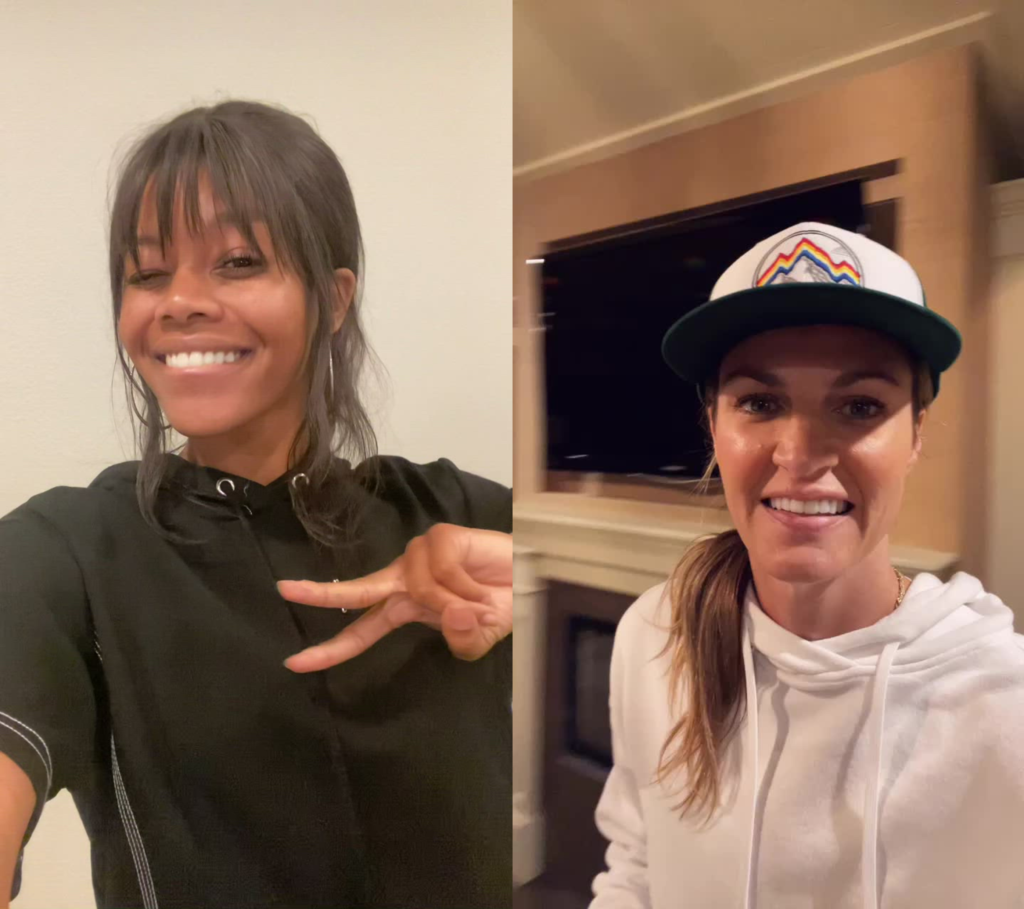
Sometimes, it seems like life is one big reality TV show where celebrity and fame trump quality and substance. Ah well, that’s the world in which we live. So, maybe it’s time to go with the flow.
And that brought me to today’s #TBT post from exactly three years ago. I highlighted the “rent a celebrity” website, better known as Cameo. And while the post covers just how easy it is to pay for the services of a famous person (OK, mostly B-level celebs), it now turns out Cameo made a recent shift today to its business model.
Last month, they announced the official launch of CameoX, a version of the original service where any content creator – i.e., ordinary person – can join the program to charge fans and friends for a personalized message.
Since its soft launch more than 18 months ago, Marketing Dive reports Cameo X has attracted more than 31,000 new self-enrolled celebrity wannabes. To date, these ordinary souls have created north of 155,000 new Cameos.
Like Paul below, listed as a “professional,” open to cutting you a Cameo for $2 and maybe delivering it to your inbox before lunch.

Aside from the revenue, what does this phenomenon tell us about our celebrity culture even at the micro level?
Any way why wouldn’t a local radio sign-up its DJ, host, or personality lineup to take a flyer on Cameo X? You might generate some pin money and even grow your celebrity – or at worst, come up with a morning show bit where you pile on your own in-studio star. Isn’t this how influencers are born?
And you could do it just in time for the next big holiday. Like Valentine’s Day, for example? FJ
January 2022
The celebrity culture shows no signs of slowing down, pandemic or not. Since COVID, “brushes with fame” have been at a minimum thanks to most of us (and most of them) staying closer to home. And mask-wearing likely helps keep many stars incognito.
But there’s one entertainment platform that has maximized bringing together fans with their beloved stars – Cameo.
I’ve blogged about it before. Cameo has amassed an impressive array of A and B-listers, as well as the semi-rich and sort of famous from many walks of celebrity life – TV, movies, sports, and politics. And for a not outrageous amount of money (in many cases), fan boys or girls can buy a personalized celebrity greeting on video for birthdays, anniversaries, and other life events.
A visit to the Cameo website reveals a potpourri of established stars, has-beens, and no shortage of never-was personalities. Not surprisingly, the big push at the moment is Valentine’s Day greetings from a favorite star. You can also have your Cameo celebrity “roast” your special honoree.
For you old schoolers, Ted Nugent ($300), Ryne Sandburg ($245), and Rudy Giuliani ($325) are all Cameo ready (minimum greeting amounts in parentheses). For those in your orbit who are more contemporarily oriented, there’s Bryan Cox (Succession – $649), Zach Myers (Shinedown – $56), and David Ortiz ($750) who are all on the Cameo market.
An interesting twist is from actor Don Johnson (Miami Vice, Nash Bridges, etc.). For $500, he’ll deliver a personalized greeting, but the money goes to Johnson’s favorite charity, P.A.T.H. – “People Assisting The Homeless.”
What’s the big deal with Cameo?
Well, it seems that brands are putting together deals with the site, including Coca-Cola and Infiniti. Both of these mega-companies have strong consumer products and boxcars full of marketing dollars. What they lack is celebrity.
A story in Marketing Dive by Robert Williams outlines the 2022 social strategy. Marketer Matt Maher from M7 Innovations hits the nail on the head:
“It’s an attention economy – so you’re trying to get people’s attention, you’re trying to be authentic and you want fans to engage with your brand.”
OK, but isn’t that what social media is all about? So why Cameo?
The story goes on to paint TikTok, Snapchat, Instagram and others as social stalwarts, but their web traffic makes it difficult to cut through. Thus, trying to garner attention on these social sites is a heavy lift for most brands. Even TikTok, the darling social brand of day is cluttered, as Maher notes:
“TikTok has our attention, but a brand is going to compete with billions of videos.”
Enter Cameo, and the bet is that if a company can leverage the right star, it has a chance to stand out and garner attention. Of course, it comes down to personality, as Maher advises:

“If your brand lines up with a celebrity on Cameo, you have a completely captive audience that’s interested. Cameo’s real selling point is the value exchange for engagement.”
Nissan has done just that, using Olympic gymnast Gabby Douglas and sports reporter Erin Andrews to participate in Q&A videos about their cars.
Coke bought into personalized video greetings from Santa Claus, obviously very safe for work and the family. (You’d think they could have managed this without Cameo.)
And there’s Bud Light in the UK, using a stable of Cameo celebs to offer personalized branded “Birthday ShoutOuts” to their customers. Marketing Dive reports the campaign racked up engagement metrics that were 7x better than the average. That’s excellent “lift” for simply including a friendly celebrity on video.
“THROW YOUR CAKE ON THE FLOOR NOW IT’S DIRTY” 😉🎂
Want to give your friend a ✨ SURPRISE ✨ on their birthday? WIN them a personal Bud Light Birthday ShoutOut from @LadyLeshurr.
Enter here: https://t.co/2CVctpqgQW pic.twitter.com/IXsAhpLOAY
— Bud Light UK (@BudLightUK) December 18, 2020
That’s what you do when you don’t have celebrities. But if you’re a really good radio station with strong personalities, you’ve got what Nissan, Bud Light UK, and Coca-Cola don’t have. And you don’t need Cameo either.
All the videos – like this one from Rudy Giuliani – look like they were recorded in one take (OK, maybe two) on a smartphone. Nothing flashy here – just a customized greeting from someone who resonates with a fan.
When a station has personalities that matter, it opens the door to this same level of celebrity leveraging. That is, when consumers care about radio personalities and value their work, this same Cameo effect is in place. I see it – and hear it – all the time in focus groups. A local radio personality’s name comes up – usually without prompting – and it can remind listeners of a “brush with fame.” People have long memories. They can vividly recall one of these moments. (They can also recall encounters that did not go well – if that celebrity misbehaved and perhaps acted boorishly.)
The fact is, these interludes are indelible, seared in brains all over town. They matter and enter a person’s RAM, their brain’s deepest storage area, along with other formative experiences that might last a lifetime. Think about harnessing that.
If you have market-dominant personalities – the top morning show, an influential, knowledgeable daypart host, a talker who has a true following, a night owl who keep you company – you could do your own version of Cameo. Forget those excuses about no budget for giveaways – you may have the most valuable prize(s) of all. And in many cases, radio personalities play the role of local celebrities, the smaller the market, the better.
Just like Cameo’s promotion, you could contest around Valentine’s Day, offering a series of personalized greetings from a star on your airstaff. Birthdays might take on a whole new level of engagement, over and above that standard email you’ve been sending out for years. And no marketing or promotion budget is necessary – you just need a smartphone and an email account.
And then there’s the charitable tie-in where you could offer personalized greetings to listeners who pony up big bucks to support your cause. And why couldn’t public radio get involved? Local hosts could be enlisted to video a birthday wish in exchange for a high membership level (not unlike the late NPR newscaster Carl Kassel‘s coveted answering machine greeting that was a prize during the early days of Wait Wait…Don’t Tell Me!). Yes, long before Cameo, NPR was creating customized, personalized celebrity messages.
It’s fascinating how so many monster brands – the 800-pound gorillas on the Fortune 500 list – have everything except celebrity.
If your radio station has cultivated and marketed personality, you’re way ahead of the game.
If it hasn’t, how will it play in the “attention economy?”
(That’s another question for another day.)
- What If Radio Tried Something Right Out Of Left Field? - May 9, 2025
- Why Radio PDs Are A Lot Like NBA Coaches - May 8, 2025
- Memo To Radio: We Have Met The Enemy And It Is… - May 7, 2025





I always enjoy reading your blogs, Fred! After reading the caption you wrote under the Cameo image, I couldn’t help but think something I’ve said for the last few years. If Shakespeare were alive today he might say:
“All the world’s a stage, and we all are merely…INFLUENCERS”.
😉
Thanks as always for your valuable insight and information in our industry!
Appreciate that, Judi. Thanks for reading the blog and offering up a comment.